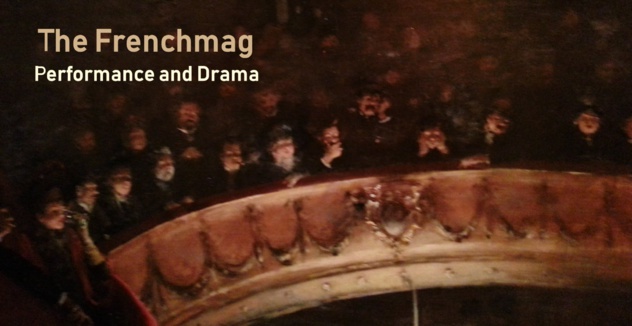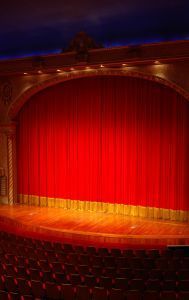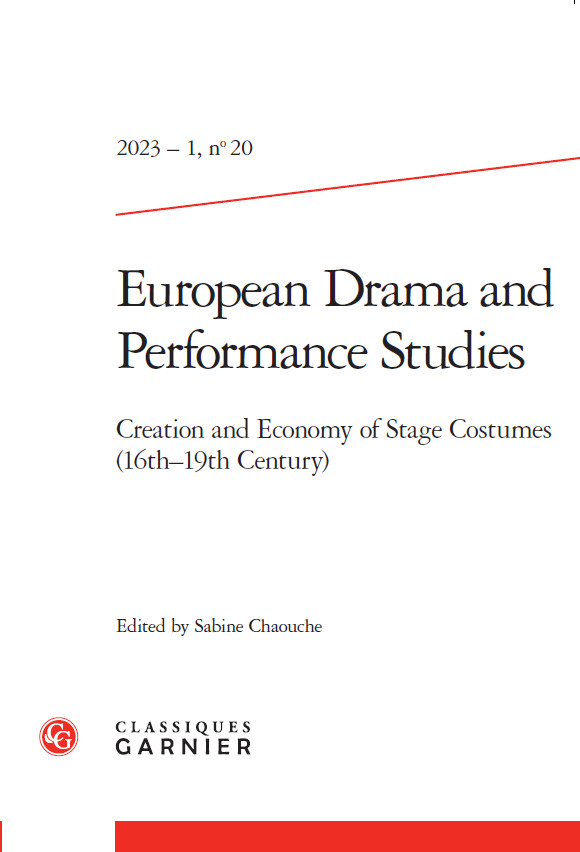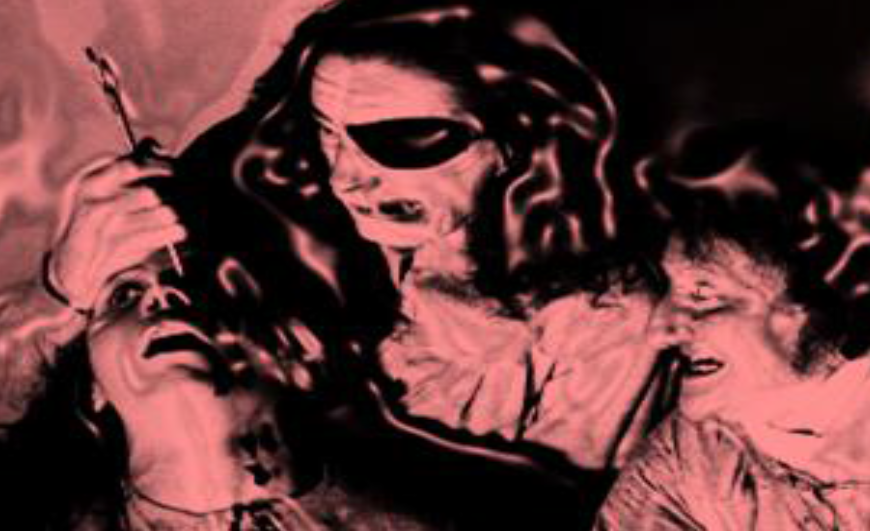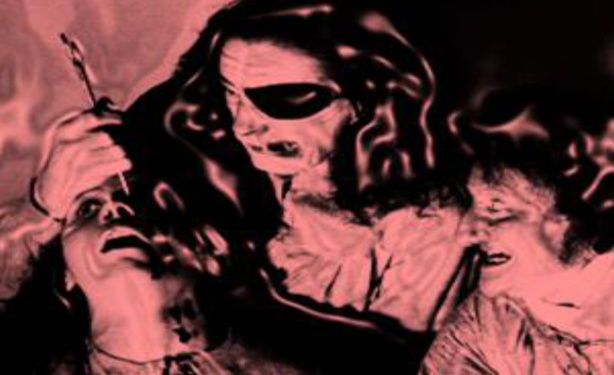“They should not express suffering or anger by shrieking their throats out nor should they writhe forcibly like demons or maniacs tormented by violent colic. These excesses which are praised today just confuse eyes and ears”, wrote an outraged Jean-Charles Levacher de Charnois in 1788. He was referring to new fashionable types of performances that hyper-emphasized emotions on the body and which were somehow ‘painful’ to watch. The horror aesthetics inspired by the British stage and linked to the translation of the plays by Shakespeare spread across France and challenged the 'terror aesthetics' that had been developed by Aristotle in his Poetics. As blood, suffering and physical pain were displayed on stage, ‘horror’ proved to have more impact on audiences and to be more emotionally powerful than Aristotelian ‘catharsis’.
Whilst acting was ruled by rhetorical principles in the early modern period, which limited movements on stage, the rise of new genres, such as the comédie larmoyante and pantomime in the eighteenth century, drame and melodrama in the early nineteenth century led to a change of paradigm in acting, as actors tried to distance themselves from conventional ways of performing passions to impress and touch audiences. In the Enlightenment, the influence of British actors, especially David Garrick, led French actors to experiment with more expressive and aggressive acting by being more physically engaged on stage and by altering their states of consciousness. In this respect, key to the understanding of the development of ‘sensationalist acting’, is the staging of intense emotions deeply interconnected to the performance of extreme situations ranging from fear of death to death itself. Visually disturbing and shocking and playing with the audience’s fears and hidden anxieties, sensationalistic acting is inseparable from new cultural phenomena such as the rise of the media, celebrity culture, silent films and new tastes within society.
This study-day will be devoted to sensationalism and its manifestations on stage and in the auditorium, in particular how it gained ground through different literary movements and aesthetics from the eighteenth to the twentieth century.
We invite contributions on the staging, performance and theorization of emotionally intense scenes during that period; on horrific scenes and how they became an inspiration for the horror movie; and on the process whereby some actors came to embody emotionalism as an acting style. We welcome papers that explore not only the taste for the morbid, burlesque and grotesque and their compelling blend, but also the crossing of boundaries—between states of consciousness, onstage and offstage, fantasy and reality etc. Border-crossing was a widespread transgressive phenomenon at the turn of the century, as epitomised by Sarah Bernhardt and her exploitation of the trope of the New Woman.
The themes are as follows:
l[transgressive acting and celebrity personae and iconic actors; the New Woman in fin-de-siècle Paris;
the performance and embodiment of death or deadly situations;]I
Please send your abstract (200-250 words) and a short bio-bibliography (a few lines) to Carole Bourne-Taylor (carole.bourne-taylor@bnc.ox.ac.uk) and Sabine Chaouche (sabinec@sunway.edu.my) by 30th January 2020.
Whilst acting was ruled by rhetorical principles in the early modern period, which limited movements on stage, the rise of new genres, such as the comédie larmoyante and pantomime in the eighteenth century, drame and melodrama in the early nineteenth century led to a change of paradigm in acting, as actors tried to distance themselves from conventional ways of performing passions to impress and touch audiences. In the Enlightenment, the influence of British actors, especially David Garrick, led French actors to experiment with more expressive and aggressive acting by being more physically engaged on stage and by altering their states of consciousness. In this respect, key to the understanding of the development of ‘sensationalist acting’, is the staging of intense emotions deeply interconnected to the performance of extreme situations ranging from fear of death to death itself. Visually disturbing and shocking and playing with the audience’s fears and hidden anxieties, sensationalistic acting is inseparable from new cultural phenomena such as the rise of the media, celebrity culture, silent films and new tastes within society.
This study-day will be devoted to sensationalism and its manifestations on stage and in the auditorium, in particular how it gained ground through different literary movements and aesthetics from the eighteenth to the twentieth century.
We invite contributions on the staging, performance and theorization of emotionally intense scenes during that period; on horrific scenes and how they became an inspiration for the horror movie; and on the process whereby some actors came to embody emotionalism as an acting style. We welcome papers that explore not only the taste for the morbid, burlesque and grotesque and their compelling blend, but also the crossing of boundaries—between states of consciousness, onstage and offstage, fantasy and reality etc. Border-crossing was a widespread transgressive phenomenon at the turn of the century, as epitomised by Sarah Bernhardt and her exploitation of the trope of the New Woman.
The themes are as follows:
l[transgressive acting and celebrity personae and iconic actors; the New Woman in fin-de-siècle Paris;
the performance and embodiment of death or deadly situations;]I
- onstage and offstage states of consciousness;
- acting and emerging scientific discoveries in relation to psychology and neurosciences; theoretical discourses on the mind and inner emotions;
- bloody, frightening, or morbid stage-effects;
- the role of imagination and fantasies in shaping emotions onstage and in the auditorium; the reception of emotionally intense or horrific acting and scenes
Please send your abstract (200-250 words) and a short bio-bibliography (a few lines) to Carole Bourne-Taylor (carole.bourne-taylor@bnc.ox.ac.uk) and Sabine Chaouche (sabinec@sunway.edu.my) by 30th January 2020.
